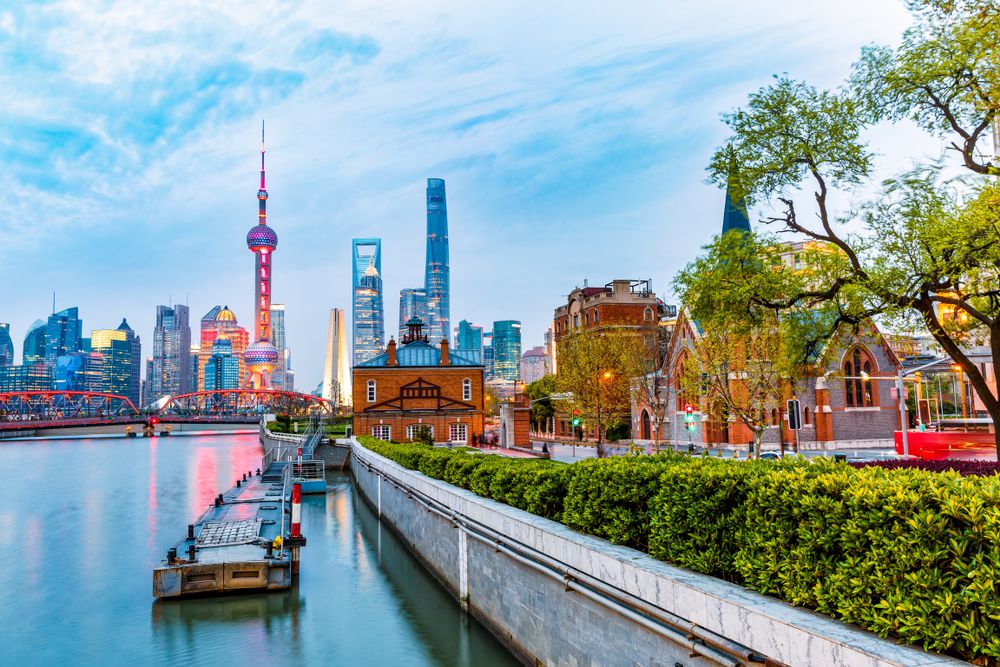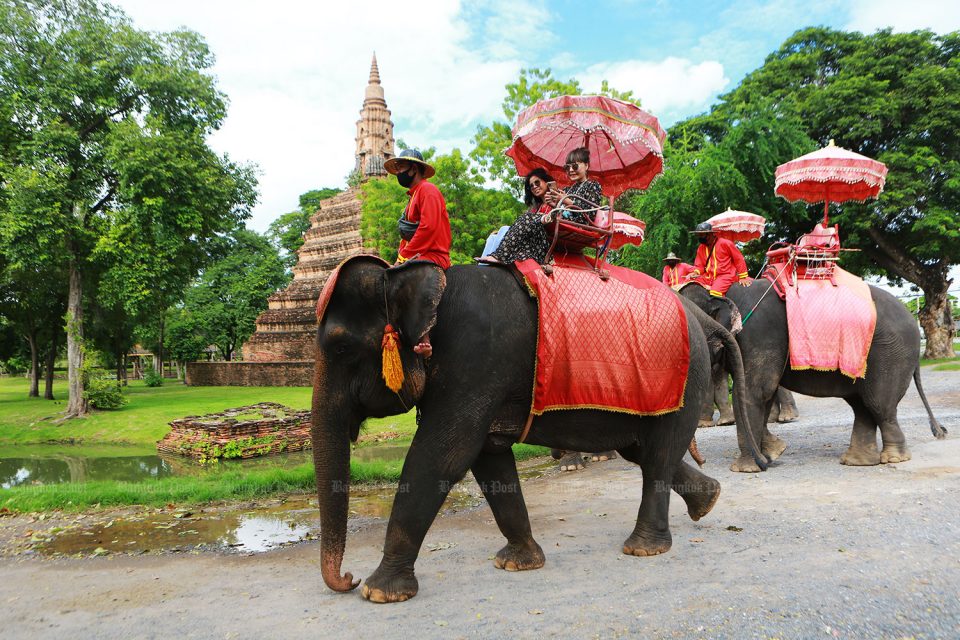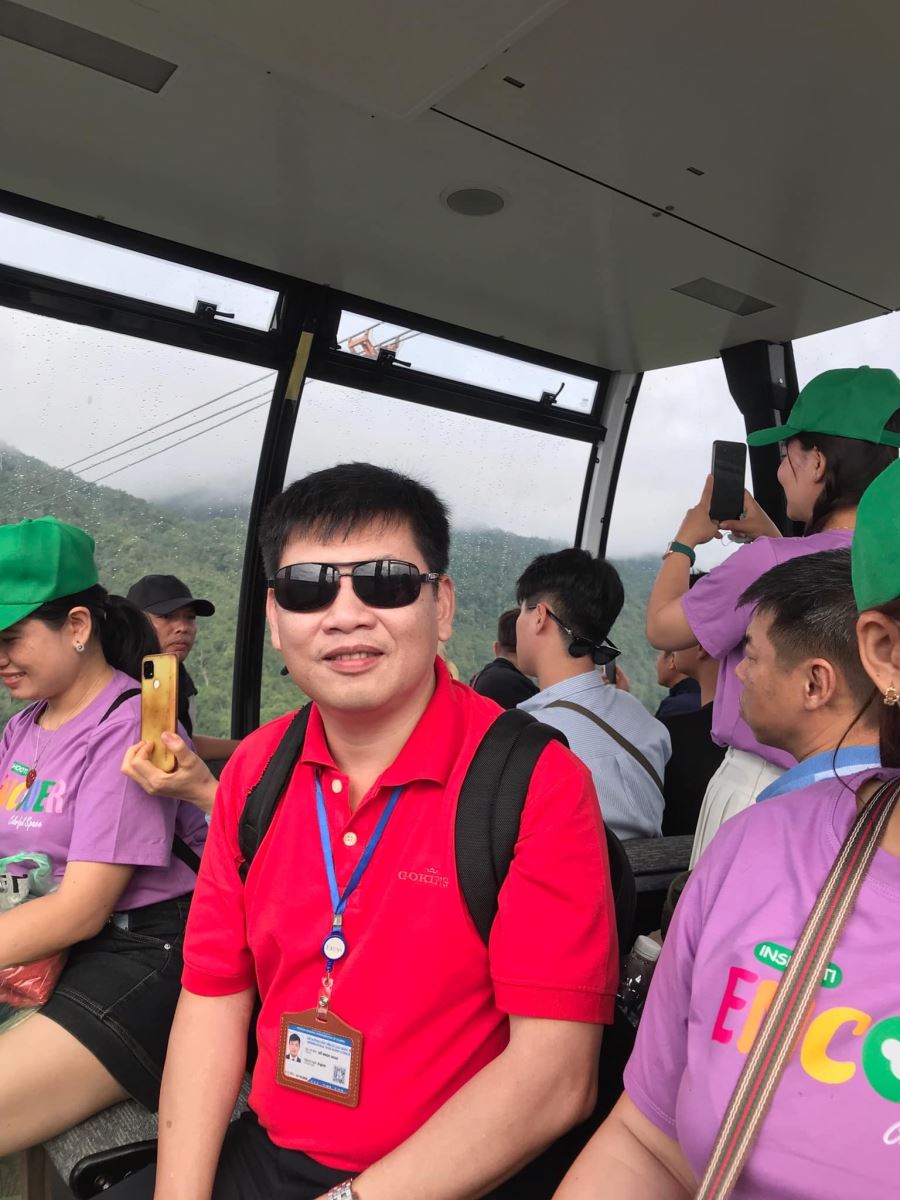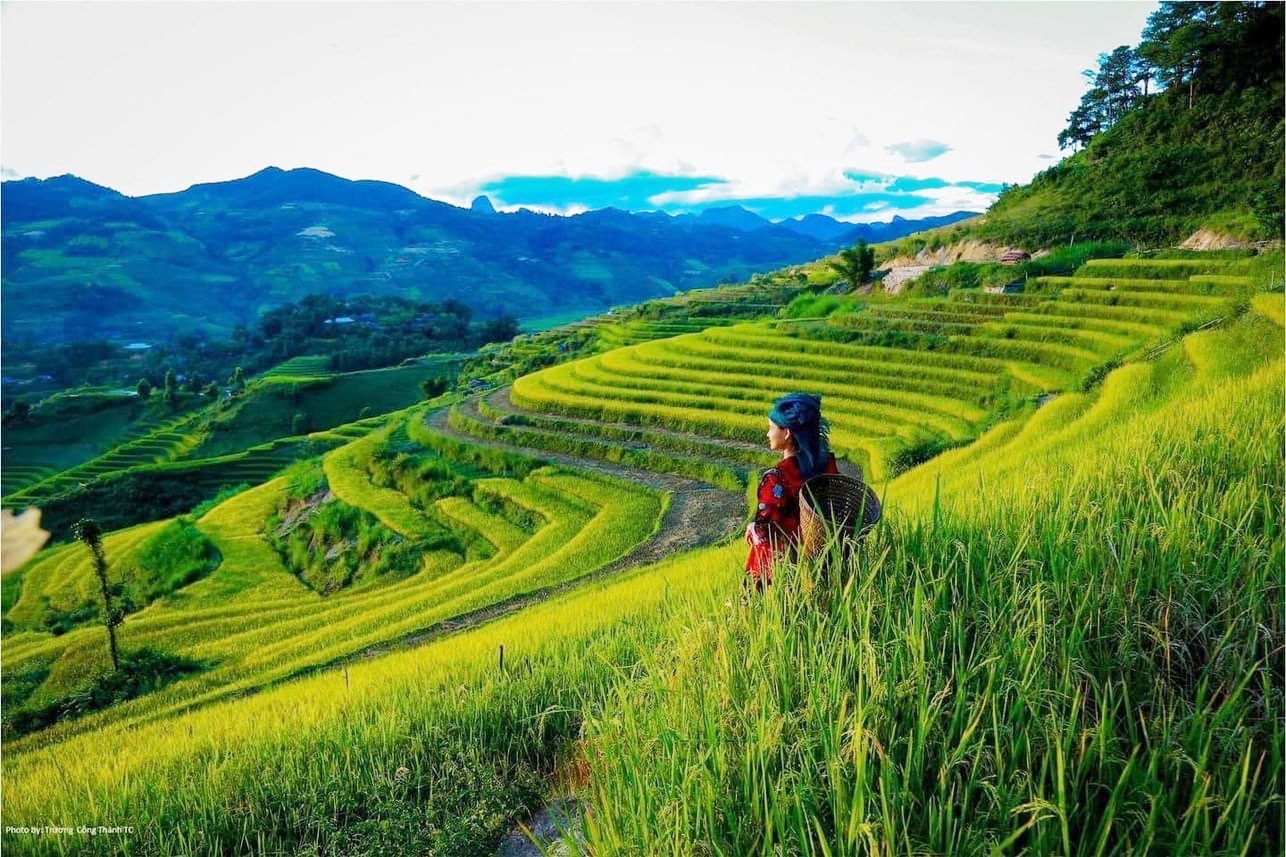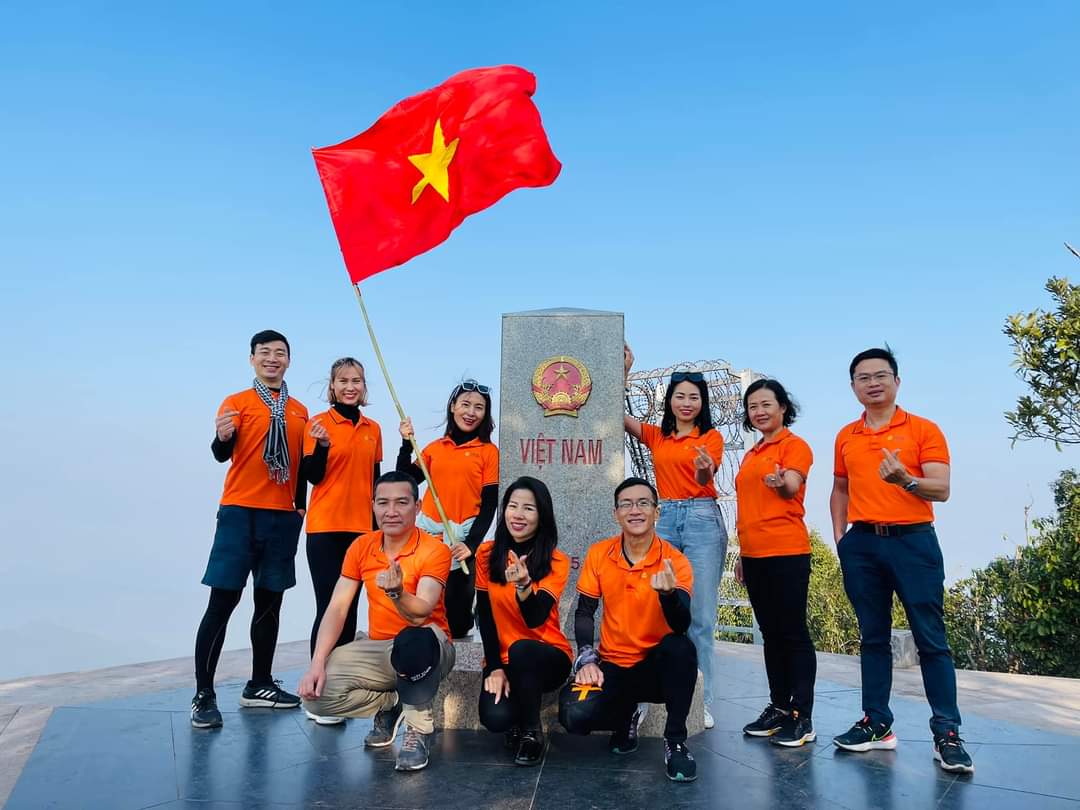Tìm kiếm
Các Tour Mới
TOP BEST 10 THINGS TO DO WHEN TRAVELING TO DIEN BIEN (PART 1)
TOP 10 THINGS TO DO IN DIEN BIEN
The introduciton:
Dien Bien Phu is a city located in the northwestern region of Vietnam, serving as the political, economic, and cultural center of Dien Bien Province. It is situated within the Muong Thanh Valley, which is the largest of the four rice fields in the Northwest region of Vietnam, stretching roughly 20 kilometers (about 12 miles) long and 6 kilometers (about 4 miles) wide. This valley is often described as heart-shaped and lies near the border with Laos, only about 10 kilometers (approximately 6 miles) away. It boasts stunning natural beauty and offers many exciting travel experiences for tourists who have the chance to visit Dien Bien.
In the center of the valley, Dien Bien Phu is most renowned for its historical significance due to the Battle of Dien Bien Phu during the French War in 1954. The battle took place from March 13 to May 7, 1954, and marked a turning point in Vietnam's struggle for independence. Nowadays, there are many historical sites and landscapes to explore within this area.
In addition, Dien Bien serves as a cultural center for 19 ethnic groups, particularly those belonging to the Thai culture. Historically known as Muong Thanh before adopting its current name, Dien Bien Phu reflects a rich tapestry of cultural influences shaped by its diverse inhabitants.
The transportation infrastructure in Dien Bien Phu includes National Route 12, which connects it to Lai Chau and Lao Cai Province to the north, and National Highway 6 from Hoa Binh and Son La Provinces, all in good condition. This by land journey takes around 12-13 hours. Additionally, Dien Bien Phu Airport facilitates air travel, primarily connecting to Hanoi and Ho Chi Minh City. This is the quickest way to arrive.
For adventurous travelers, riding a motorcycle from Hanoi offers an exciting experience through scenic mountainous roads.
Traveling from Laos to Dien Bien Phu, Vietnam, via the Tay Trang border gate allows travelers to enjoy a smooth transition between these two beautiful countries. The road is paved but can sometimes be rough, which may slow your travel. However, in return, you get to enjoy the spectacular natural beauty on both sides of the road, making it an unforgettable trip for all tourists.
Hoang Nam International Travel Company is excited to share valuable tips for exploring Dien Bien Province, ensuring you have a fulfilling experience during your journey in Northwest Vietnam.
SOME SUGGESTIONS FOR YOUR INTEREST:
1. Historical Significance (Some Areas Related to the Wars and neighboring Cultural Immigration)
Dien Bien Phu is home to several significant historical sites that commemorate the pivotal battle in 1954, which marked the end of French colonial rule in Vietnam.
Here are some key places to visit:
Dien Bien Phu is a city located in the northwestern region of Vietnam, serving as the political, economic, and cultural center of Dien Bien Province. It is situated within the Muong Thanh Valley, which is the largest of the four rice fields in the Northwest region of Vietnam, stretching roughly 20 kilometers (about 12 miles) long and 6 kilometers (about 4 miles) wide. This valley is often described as heart-shaped and lies near the border with Laos, only about 10 kilometers (approximately 6 miles) away. It boasts stunning natural beauty and offers many exciting travel experiences for tourists who have the chance to visit Dien Bien.
In the center of the valley, Dien Bien Phu is most renowned for its historical significance due to the Battle of Dien Bien Phu during the French War in 1954. The battle took place from March 13 to May 7, 1954, and marked a turning point in Vietnam's struggle for independence. Nowadays, there are many historical sites and landscapes to explore within this area.
In addition, Dien Bien serves as a cultural center for 19 ethnic groups, particularly those belonging to the Thai culture. Historically known as Muong Thanh before adopting its current name, Dien Bien Phu reflects a rich tapestry of cultural influences shaped by its diverse inhabitants.
The transportation infrastructure in Dien Bien Phu includes National Route 12, which connects it to Lai Chau and Lao Cai Province to the north, and National Highway 6 from Hoa Binh and Son La Provinces, all in good condition. This by land journey takes around 12-13 hours. Additionally, Dien Bien Phu Airport facilitates air travel, primarily connecting to Hanoi and Ho Chi Minh City. This is the quickest way to arrive.
For adventurous travelers, riding a motorcycle from Hanoi offers an exciting experience through scenic mountainous roads.
Traveling from Laos to Dien Bien Phu, Vietnam, via the Tay Trang border gate allows travelers to enjoy a smooth transition between these two beautiful countries. The road is paved but can sometimes be rough, which may slow your travel. However, in return, you get to enjoy the spectacular natural beauty on both sides of the road, making it an unforgettable trip for all tourists.
Hoang Nam International Travel Company is excited to share valuable tips for exploring Dien Bien Province, ensuring you have a fulfilling experience during your journey in Northwest Vietnam.
SOME SUGGESTIONS FOR YOUR INTEREST:
1. Historical Significance (Some Areas Related to the Wars and neighboring Cultural Immigration)
Dien Bien Phu is home to several significant historical sites that commemorate the pivotal battle in 1954, which marked the end of French colonial rule in Vietnam.
Here are some key places to visit:
- Dien Bien Phu Historical Victory Museum serves as a central attraction for those interested in Vietnam’s history and its fight for independence. The museum features a range of exhibits, including photographs, artifacts, and dioramas that vividly illustrate the events surrounding the battle.
- A1 Hill, also known as Eliane 2, was one of the major battlefields during the conflict.
- The bunker of General Christian De Castries, who led the French forces during the battle, provides valuable insight into the military strategies employed at the time.
- The Muong Phang Historical site, is noteworthy as the location where General Vo Nguyen Giap set up his headquarters during the battle, giving visitors a deeper understanding of this significant event. Walking through the forest, you will feel very pleasant in the fresh air of the primitive jungle, listening to the cicadas and insects singing, feeling the breeze, taking your time to stroll and visit some historical relics at the foot of Pu Don Mountain.
.jpg)
- Pha Din Pass (90 km from Dien Bien Phu City)
Pha Din Pass, known in the local language as “Heaven and Earth,” is a significant mountain pass in Vietnam, connecting the provinces of Son La and Dien Bien. The highest point of Pha Din Pass reaches an elevation of 1,648 meters (5,406 feet) above sea level.
During the Dien Bien Phu campaign in 1954, Pha Din Pass became one of the primary routes for the Viet Minh, serving as a key supply line for transporting artillery, food, and ammunition to support Vietnamese troops during the campaign.
Pha Din Pass is a photographer's paradise, featuring stunning views of the surrounding mountains and valleys. It's especially magical at sunrise and sunset when the light transforms the landscape into a breathtaking scene. Visitors can capture the beauty of the winding roads, the lush greenery, and the colorful flower carpets that blossom throughout the year.
Visitors can immerse themselves in the local culture by interacting with ethnic communities residing near Pha Din Pass, such as Mong Villages named Hua Sa B, Ban Long. Meeting people, engaging in cultural exchanges, trying traditional foods, and learning about local customs enhance the travel experience. Markets held in nearby villages provide opportunities to purchase handmade crafts and local produce enjoying interactions with friendly locals.
Due to its historical significance during the Dien Bien Phu campaign, visitors can explore a memorial plaque atop Pha Din Pass and the Temple of Fallen Heroic Martyrs, which pays tribute to the nation’s heroes and commemorates this important moment in history against the invaders.
During the Dien Bien Phu campaign in 1954, Pha Din Pass became one of the primary routes for the Viet Minh, serving as a key supply line for transporting artillery, food, and ammunition to support Vietnamese troops during the campaign.
Pha Din Pass is a photographer's paradise, featuring stunning views of the surrounding mountains and valleys. It's especially magical at sunrise and sunset when the light transforms the landscape into a breathtaking scene. Visitors can capture the beauty of the winding roads, the lush greenery, and the colorful flower carpets that blossom throughout the year.
Visitors can immerse themselves in the local culture by interacting with ethnic communities residing near Pha Din Pass, such as Mong Villages named Hua Sa B, Ban Long. Meeting people, engaging in cultural exchanges, trying traditional foods, and learning about local customs enhance the travel experience. Markets held in nearby villages provide opportunities to purchase handmade crafts and local produce enjoying interactions with friendly locals.
Due to its historical significance during the Dien Bien Phu campaign, visitors can explore a memorial plaque atop Pha Din Pass and the Temple of Fallen Heroic Martyrs, which pays tribute to the nation’s heroes and commemorates this important moment in history against the invaders.
.jpg)
- Tham Pua Cave – The first Headquarters of Viet Minh in Dien Bien Phu battle.
Tham Pua Cave is located in Bung Lao Commune, Tuan Giao District. Tourists can travel along a rural road for about 3 kilometers, passing through some Thai villages, to reach the cave situated beyond the river. To cross the flowing water, visitors can use a bamboo suspension bridge built by local people, or during the rainy season, they will be transported by a wooden ferry.
Rising about 10 meters in height, Tham Pua Cave features numerous small crevices and tunnels, making it exceptionally large and deep. A significant flat rock in the center of the cave resembles a large table. Stalactites shaped like dragons, lions, phoenixes, elephants, and beautiful orchids hang from the cave walls.
The cave not only boasts natural beauty but also serves as an archaeological site where stone axes, pestles, and animal fossils have been discovered. It has been designated as one of Vietnam's National Historical Sites and is becoming one of the most popular tourist destinations in Dien Bien Province.
From late 1953 to January 18, 1954, Tham Pua Cave served as the first Command Post during the Dien Bien Phu Campaign. On January 14, 1954, an important meeting of the Vietnam Army took place here to finalize the plan titled “quickly attack and quickly advance.”
Rising about 10 meters in height, Tham Pua Cave features numerous small crevices and tunnels, making it exceptionally large and deep. A significant flat rock in the center of the cave resembles a large table. Stalactites shaped like dragons, lions, phoenixes, elephants, and beautiful orchids hang from the cave walls.
The cave not only boasts natural beauty but also serves as an archaeological site where stone axes, pestles, and animal fossils have been discovered. It has been designated as one of Vietnam's National Historical Sites and is becoming one of the most popular tourist destinations in Dien Bien Province.
From late 1953 to January 18, 1954, Tham Pua Cave served as the first Command Post during the Dien Bien Phu Campaign. On January 14, 1954, an important meeting of the Vietnam Army took place here to finalize the plan titled “quickly attack and quickly advance.”
.jpg)
2. Thai Minority Villages
Dien Bien is home to numerous ethnic minority groups, including the Thai, Hmong, Dao, and others. The farther you explore, the more pristine and authentic local life you can experience, especially compared to areas closer to the city center.
Visiting traditional villages offers a unique opportunity to immerse yourself in the local culture. Visitors can engage with community members, learn about their customs, traditional crafts, and daily life. This interaction often includes participating in local activities such as weaving or farming, which fosters a deeper understanding of their lifestyle.
Visiting traditional villages offers a unique opportunity to immerse yourself in the local culture. Visitors can engage with community members, learn about their customs, traditional crafts, and daily life. This interaction often includes participating in local activities such as weaving or farming, which fosters a deeper understanding of their lifestyle.
.jpg)
Where are the pristine villages you can visit?
Che Can Village: Located more than 26 km from Dien Bien Phu City, this village showcases the rich cultural heritage of the ancient Thai ethnic people and serves as an attractive destination for community tourism in Muong Phang Commune, Dien Bien Phu City. Before exploring Che Can Village, visitors can tour the famous revolutionary base where the Viet Minh headquarters were located during the Battle of Dien Bien Phu.
One unique feature that all visitors note is the traditional architecture of the Black Thai stilt houses. These stilt houses are typically built in cool, elevated locations, with their backs against the hills or mountains and their doors facing rivers, streams, or fields.
The stilt houses usually have two floors. The upper floor typically contains three rooms: one for the host's family and two for guest accommodations, while the lower floor is used for storing agricultural tools, wood, firewood, and livestock.
The village also hosts special festivals featuring unique folk songs and dances. Additionally, the homestay owners offer bicycle rentals for visitors to explore the village's open spaces, clean alleys, colorful flowers, and rice fields.
Che Can Village: Located more than 26 km from Dien Bien Phu City, this village showcases the rich cultural heritage of the ancient Thai ethnic people and serves as an attractive destination for community tourism in Muong Phang Commune, Dien Bien Phu City. Before exploring Che Can Village, visitors can tour the famous revolutionary base where the Viet Minh headquarters were located during the Battle of Dien Bien Phu.
One unique feature that all visitors note is the traditional architecture of the Black Thai stilt houses. These stilt houses are typically built in cool, elevated locations, with their backs against the hills or mountains and their doors facing rivers, streams, or fields.
The stilt houses usually have two floors. The upper floor typically contains three rooms: one for the host's family and two for guest accommodations, while the lower floor is used for storing agricultural tools, wood, firewood, and livestock.
The village also hosts special festivals featuring unique folk songs and dances. Additionally, the homestay owners offer bicycle rentals for visitors to explore the village's open spaces, clean alleys, colorful flowers, and rice fields.
.jpg)
Furthermore, there are several villages near Dien Bien Phu City, including Noong Bua, Co My, Ten, U Va, Pe Luong, Phieng Loi, Him Lam 2, and Men. Each village has established a team to guide visitors, serve local cuisine, showcase arts, and ensure security for tourists.
The policy of developing community-based tourism in these cultural villages provides a great opportunity to enhance both the material and spiritual lives of the locals while also preserving and promoting their cultural identity. As a result, many households have actively renovated and upgraded their homes, particularly toilets and livestock facilities, restored traditional crafts and festivals, and participated in cultural and artistic activities. In the past, the villagers’ economic conditions were challenging, but they have significantly improved thanks to community-based tourism.
In the Thai ethnic villages of Dien Bien, tourists will have the opportunity to engage in daily activities with the villagers, enjoy rustic dishes like grilled fish and forest bamboo, and taste unique spices found only in the Northwest region, such as cham cheo and mac khen. When night falls, by the flickering fire, tourists can enjoy unique artistic performances featuring the traditional songs and dances of the black Thai people.
Note: Villagers and even tourism staff in these areas generally do not speak English. Communication often relies on body language or a few words of broken English. As a result, the services are not delivered in a professional manner but rather follow their own traditional customs.
3. Culrural Festivals Performance
Cultural festivals in Dien Bien offer vibrant performances that showcase the rich traditions and artistic expressions of the region's ethnic groups. These festivals feature a variety of events, including traditional music, dance, and theatrical performances that highlight the unique cultural heritage of the diverse communities.
Visitors can enjoy colorful parades where participants don traditional costumes, creating a lively atmosphere filled with music, laughter, and celebration. The performances often include folk songs, instrumental music, and unique dances that tell stories of daily life, historical events, and legends from the region.
The policy of developing community-based tourism in these cultural villages provides a great opportunity to enhance both the material and spiritual lives of the locals while also preserving and promoting their cultural identity. As a result, many households have actively renovated and upgraded their homes, particularly toilets and livestock facilities, restored traditional crafts and festivals, and participated in cultural and artistic activities. In the past, the villagers’ economic conditions were challenging, but they have significantly improved thanks to community-based tourism.
In the Thai ethnic villages of Dien Bien, tourists will have the opportunity to engage in daily activities with the villagers, enjoy rustic dishes like grilled fish and forest bamboo, and taste unique spices found only in the Northwest region, such as cham cheo and mac khen. When night falls, by the flickering fire, tourists can enjoy unique artistic performances featuring the traditional songs and dances of the black Thai people.
Note: Villagers and even tourism staff in these areas generally do not speak English. Communication often relies on body language or a few words of broken English. As a result, the services are not delivered in a professional manner but rather follow their own traditional customs.
3. Culrural Festivals Performance
Cultural festivals in Dien Bien offer vibrant performances that showcase the rich traditions and artistic expressions of the region's ethnic groups. These festivals feature a variety of events, including traditional music, dance, and theatrical performances that highlight the unique cultural heritage of the diverse communities.
Visitors can enjoy colorful parades where participants don traditional costumes, creating a lively atmosphere filled with music, laughter, and celebration. The performances often include folk songs, instrumental music, and unique dances that tell stories of daily life, historical events, and legends from the region.
In addition to the entertainment, these festivals serve as a platform for locals to unite and celebrate their cultural identity while sharing it with visitors. Engaging with the performances offers a deeper understanding of the customs and traditions that define the communities in Dien Bien.
Dien Bien hosts various festivals throughout the year that celebrate its cultural heritage. The Ban Flower Festival take place in March, which showcases local traditions through art performances, food stalls, and craft exhibitions while honoring the significance of this flower to the region’s identity. The Ban Phu Citadel Festival commemorates historical figures who fought against invaders, featuring processions, games, and artistic performances that engage both locals and visitors alike. Most festivals occur in the spring or during seasonal changes. Here are some special events you can experience:
Dien Bien hosts various festivals throughout the year that celebrate its cultural heritage. The Ban Flower Festival take place in March, which showcases local traditions through art performances, food stalls, and craft exhibitions while honoring the significance of this flower to the region’s identity. The Ban Phu Citadel Festival commemorates historical figures who fought against invaders, featuring processions, games, and artistic performances that engage both locals and visitors alike. Most festivals occur in the spring or during seasonal changes. Here are some special events you can experience:
- Gau Tao Festival: This festival marks the beginning of the new year for the Mong people and features traditional dances, music, and rituals that pray for a prosperous harvest. Today, it typically takes place in Na Bung Village, Nam Po District, Dien Bien Province, and always occurs between January 2 and January 10 (lunar calendar) during the Tet holiday.
- Water splashing Festival (Bun Huot Nam): Celebrated by the Laotian minority during the New Year, this festival takes place in Na Sang 1 Village, Nua Ngam Commune, Dien Bien District (35 km from Dien Bien Phu City). It is one of the most important traditional holidays for the Vietnamese Lao people, bringing everyone together to welcome the New Year at the beginning of April each year. During the event, people worship for good rain, favorable winds, and abundant crops. They pray for prosperity, aiming to wash away the bad luck of the old year and welcome good fortune in the new year for everyone, families, and the community.
The festival also features a space to display and promote cultural and tourism products, handicrafts, agricultural and OCOP (One Commune One Product) items, as well as local ethnic cuisine.
- Traditional Costumes of Dien Bien ethnic groups
Traditional costumes of ethnic groups showcase a unique beauty that enriches the vibrant cultural tapestry of the Northwest region. Each ethnic group possesses distinct characteristics in their culture, customs, and especially their attire.
The minority people take pride in their traditional costumes, which are adorned with intricate patterns that reflect their craftsmanship. These costumes are worn during festivals and special occasions.
You will have the chance to witness these beautiful costumes at various festivals and important events in Dien Bien, and photos are highly encouraged.
The minority people take pride in their traditional costumes, which are adorned with intricate patterns that reflect their craftsmanship. These costumes are worn during festivals and special occasions.
You will have the chance to witness these beautiful costumes at various festivals and important events in Dien Bien, and photos are highly encouraged.
- Xoe Dance: Xoe is a unique traditional folk dance that plays a significant role in the daily life of the Thai ethnic communities in the northwest of Vietnam, particularly in Lai Chau, Dien Bien, Son La, and Yen Bai provinces. This dance has become a symbol of the hospitality of the Thai ethnic minority people and serves as an important cultural hallmark of the community in the northwestern mountainous region.
.jpg)
Tourists have the opportunity to join in this lively dance, hand in hand, swaying among the flickering flames, while enjoying traditional wine (with some beautiful women even pouring it into your mouth during the session). You can participate in the Xoe dance at any time, as each village has its own performance group. It typically occurs after dinner and lasts until late at night. Tourists will never forget this impression when they think of Northwest Vietnam.
- Rain Praying Festival: The Kho Mu community holds an annual rain praying festival that is considered one of their most significant rituals. It symbolizes their connection with nature and expresses their hopes for abundant rainfall to ensure good harvests.
- New Rice Festival: The Xinh Mun people celebrate a new rice festival that reflects their agricultural heritage through rituals involving folk songs, dances, and communal feasting.
- Khu Su Cha Traditional New year: This festival typically occurs at the end of the 10th lunar month or the beginning of the 11th lunar month, usually aligning with December in the Gregorian calendar. The timing is strategically chosen after the harvest season when farming activities have concluded. The festival allows the Ha Nhi people to celebrate their agricultural successes, express gratitude for the bountiful crops, and pray for good fortune in the coming year. Visitors are welcomed warmly by the villagers and can enjoy food freely. However, as a foreigner, you must ask for permission to enter this area, as required by government regulations and local authorities, due to its proximity to the border. The Ha Nhi ethnic minority group often lives in communes in Muong Nhe, Dien Bien, or Muong Te, Lai Chau Province.
4. Some local traditional crafts
- Brocade Weaving: Local women traditionally weave brocade fabric using techniques passed down through generations. This craft serves practical purposes while also embodying cultural identity. You can often observe this artistry in the villages of the Thai, Dao, and Mong ethnic groups in Dien Bien or Tua Chua District.
- Shoe Embroidery: The Xa Phang ethnic group preserves the tradition of creating embroidered shoes known as “lien hai.” Women in the community pass down their skills to younger generations, teaching them how to craft these shoes using local materials such as bamboo spathes and natural threads made from plant fibers. This cultural practice is a vital part of Xa Phang identity, ensuring that shoe embroidery remains an integral element of their heritage. You can explore this craft in some villages in Tua Chua or Muong Cha District.
- Bamboo and Rattan Handicraft Villages: Utilizing natural materials from the forest, the people of these villages have crafted many unique items for practical purposes, such as fishing, trapping wild animals, creating fences, and decorating their homes. You can find these handcrafted items for sale in traditional villages near Dien Bien Phu city.
.jpg)
5. Local Markets
Exploring local markets is one of the best ways to experience the vibrant culture of Dien Bien. Markets like Dien Bien Phu Market and those in the surrounding areas are bustling hubs where visitors can discover fresh produce, local delicacies, and traditional handicrafts. Interacting with friendly vendors allows tourists to sample regional foods and purchase unique souvenirs while experiencing the daily commerce that defines rural Vietnamese life.
In addition to these markets, the highland weekly markets in various locations, such as Tua Chua District, are lively spots to explore. Here, visitors can find colorful costumes from different hill tribe minorities, enriching the cultural experiences available in the region.

(Written by Do Ngoc Hoan)
Please refer to Part 2 for more information
BÀI VIẾT CÙNG CHỦ ĐỀ
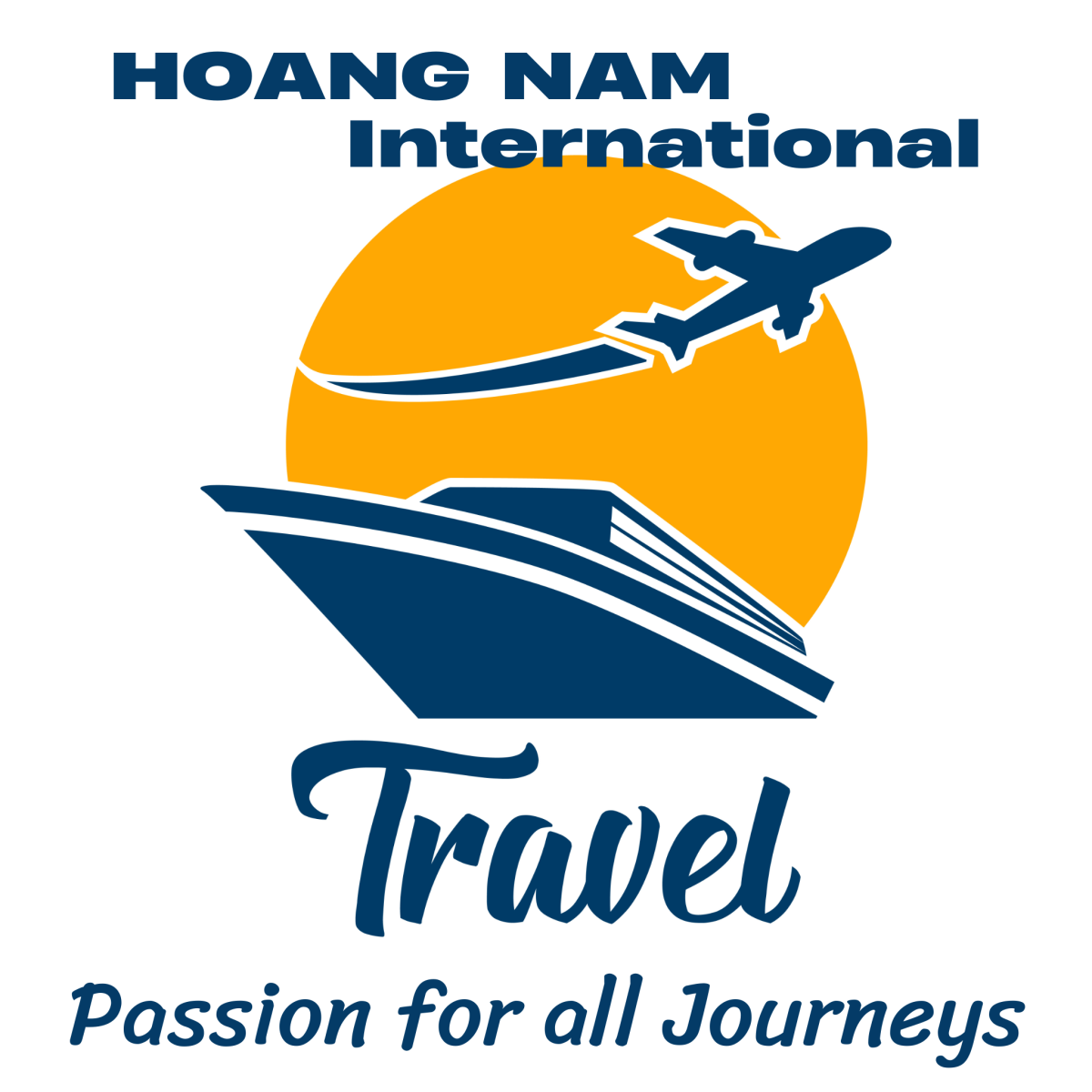
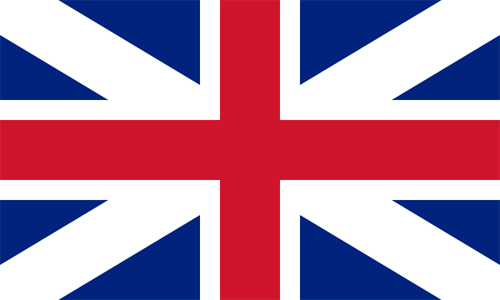
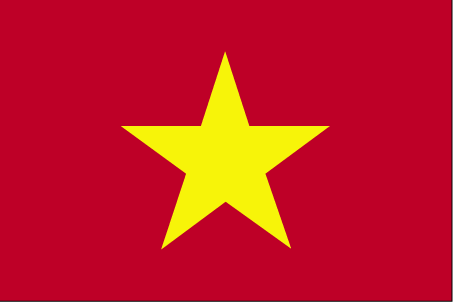
.jpg)
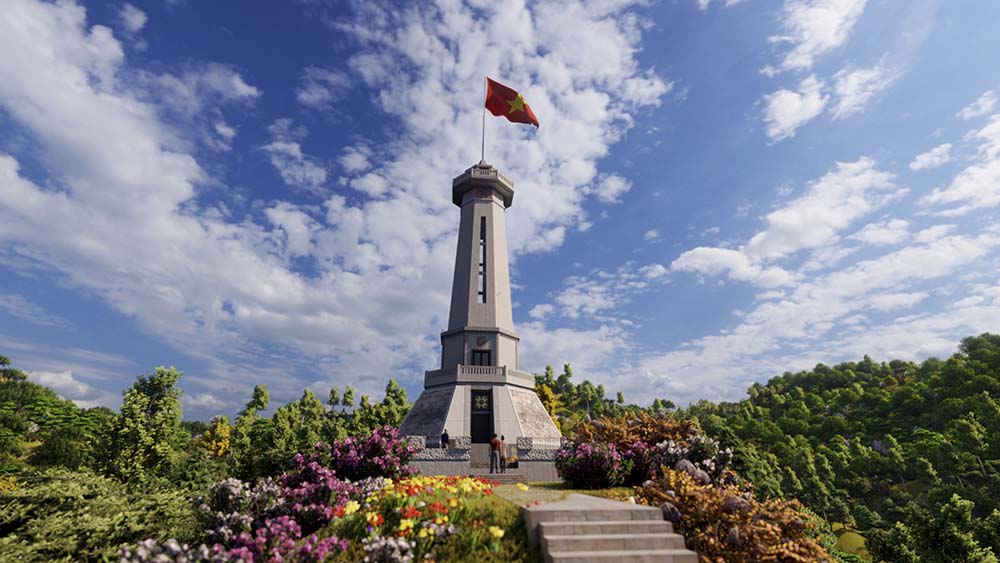
.jpg)
